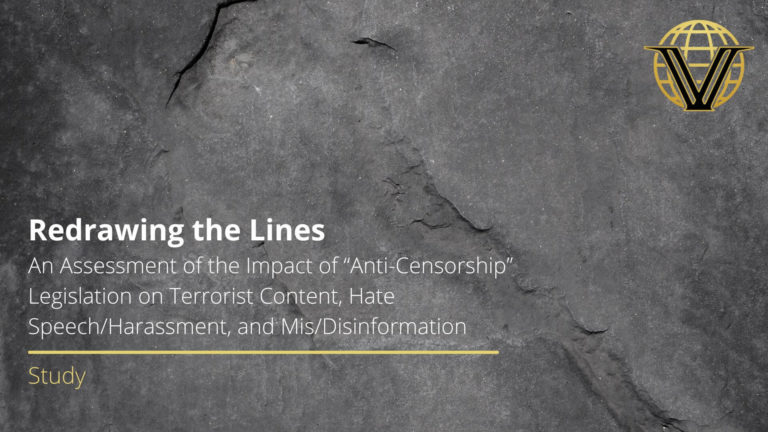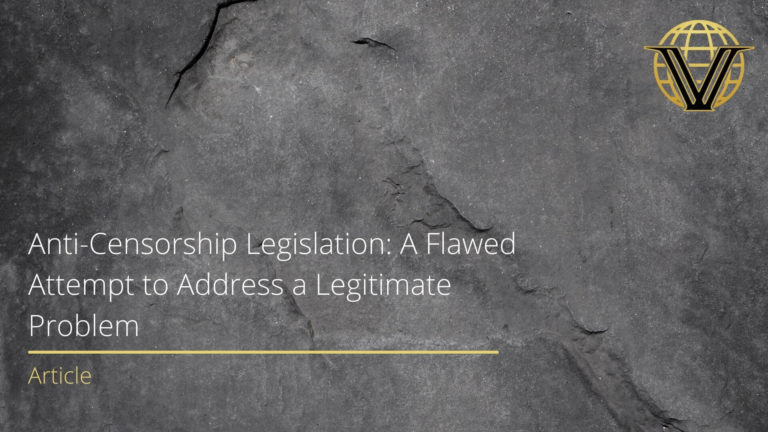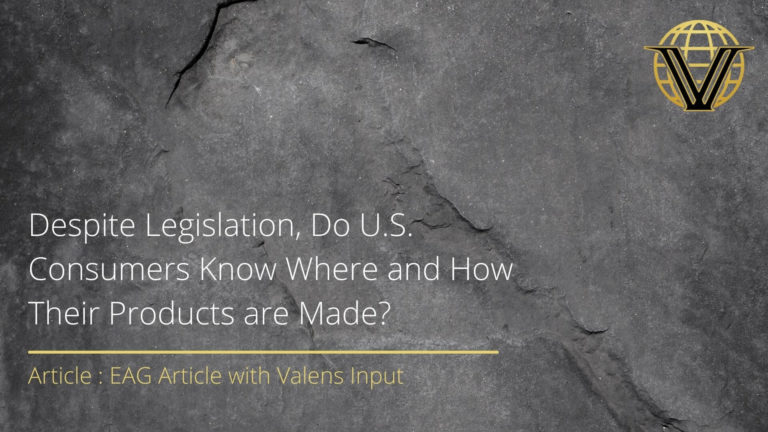Jacob Zenn
On August 3, Islamic State (IS) announced that Habib Yusuf (a.k.a. Abu Musab al-Barnawi), the son of Boko Haram founder Muhammed Yusuf, was the new wali (governor) of its “West Africa Province,” the name IS gave to Boko Haram after Abubakar Shekau pledged loyalty to Abubakar al-Baghdadi in March 2015.
Al-Barnawi is the first Boko Haram factional leader to successfully depose Shekau, who has led the group since Yusuf’s death in 2010 and thwarted a number of rivals in that time (Terrorism Monitor, September 22, 2011). Al-Barnawi, like others before him, accuses Shekau of excessively killing Muslim civilians and may have been aided in his “coup” by outside support and validation from IS, which depends on al-Barnawi because he – not Shekau – controls the lines of communication to IS.
Shekau, meanwhile, claims that al-Barnawi’s faction manipulated IS by preventing Shekau from sending complaints to Abubakar al-Baghdadi about al-Barnawi using “personal opinion” (rather than God’s directives) in deciding who to avoid killing.
In an August 7 video, where Shekau showed his face for the first time since his March 2015 pledge to al-Baghdadi, and again in the recent August 15 video of the captive Chibok schoolgirls, Shekau and Shekau’s spokesman and military amir confirmed that Shekau has reverted to being the leader of Jamatu Ahlis Sunna Lidawatti wal Jihad (JAS) – Boko Haram’s original name – and is no longer part of West Africa Province (Vanguard, August 7; Vanguard, August 15)). Thus, al-Barnawi is now the leader of West Africa Province, and Shekau is the leader of JAS, though both groups are commonly still referred to as “Boko Haram.”
In the long-term al-Barnawi will likely refresh alliances, including, paradoxically, to al-Qaeda. But in the short-term, his influence has been evident on the battlefield, particularly with West Africa Province’s offensive in Niger.
This article reviews the history of JAS and what is now West Africa Province in Niger, including the recent offensive and corresponding IS media blitz that promoted it. It discusses why al-Barnawi’s faction was likely behind the offensive and examines the nature of al-Barnawi’s faction in comparison to Shekau’s, concluding that, in the long-term, al-Barnawi’s alliances, targets, and areas of operation are likely to be more closely aligned to al-Qaeda than IS.
Initial Attacks in Niger
Although there were Nigeriens among the early followers of JAS, even prior to Shekau’s assumption of leadership and declaration of “jihad” in 2010, the first publicized arrests of JAS militants in Niger came in 2012 (Terrorism Monitor, November 2, 2012).
Even then, JAS carried out no attacks in Niger until 2015. A breakaway group, Ansaru, the predecessor of al-Barnawi’s faction, did take part in attacks led by al-Qaeda in the Islamic Maghreb (AQIM) and the Movement for Unity and Jihad in West Africa (MUJAO) on a French-run energy plants in Arlit and Agadez, and a prison break attempt in Niamey in 2013. JAS mainly used Niger mostly as a rear base for logistics, recruitment, and recovery after battles in Nigeria and did not want to risk provoking Niger into launching a large-scale crackdown on JAS networks in the country (Jeuneafrique, May 13, 2013).
Then, in February 2015, JAS sent a two-person team of suicide bombers – one male, one female, with the man reportedly dressed in a hijab – to the town of Diffa, where they blew themselves up in retaliation for Niger’s participation in a regional military offensive against JAS (Jeuneafrique, February 11, 2015). The Diffa attack was promoted on the Twitter account called “Al-Urhwa Al-Wutqha” that JAS was using as a platform to advertise Shekau’s then upcoming pledge to al-Baghdadi. Al-Urhwa Al-Wutqha was launched in coordination with IS’ North Africa-based Africa Media, which was in contact with al-Barnawi (Twitter [account now suspended], February 13, 2015). Moreover, it also seems likely former Ansaru operatives masterminded JAS’s female suicide bombing program, which deployed more than 200 women in female suicide bombings over a two-year period. These media and tactical connections, in addition to Ansaru’s pre-existing operations in Nigeria, strongly suggest al-Barnawi had a role in the attack.
Al-Barnawi’s faction was also already a part of JAS at the time of the Diffa attack, forming (albeit only hesitantly) a “General Command” with Shekau’s faction, as demanded by IS. IS had requested the two groups present a united front in order for JAS to be designated as its West Africa Province.
Following the Diffa attack until May 2016, Niger was rarely targeted, while attacks escalated in Cameroon and Chad. More recently, however, West Africa Province has scaled back attacks on Chad, possibly as a result of a tacit agreement with the country’s leadership, and Cameroon too has seen fewer attacks, due to a large-scale counter-insurgency effort that has stymied West Africa Province in the country’s north. The Niger offensive that began in May 2016, then, has got under way in the context of reduced attacks in Chad and Cameroon, and with an aggressive Nigerian military offensive bringing pressure to bear in the Boko Haram heartland of northeastern Nigeria.
Mounting the Campaign
The campaign in Niger began on May 19 in Yebi, near Bosso, where West Africa Province razed the town, killed several civilians, and left dozens of people injured. Nigerien forces expelled Boko Haram the following day, but many of the town’s inhabitants had already fled. Following the operation in Yebi, West Africa Province carried our four more operations in Niger:
- On May 27, Nigerien forces repelled an attempt to attack Bosso in a battle lasting several hours.
- On May 31, around 40 militants again attacked Yebi in the evening, killing several civilians.
- On June 3, around 100 militants attacked Bosso, killing several dozen Nigerien and Nigerian soldiers, and taking several civilian hostages.
- On June 5, militants again attacked Bosso and neighboring villages, but did not inflict as much damage as the attack two days before (maghrebandsahel (blog), July 6).
Coinciding with these attacks were various statements by IS on behalf of West Africa Province:
- On June 4, IS claimed West Africa Province killed 35 Nigerian and Nigerien soldiers and looted arms in an attack on Bosso (referring to the June 3 attack).
- On June 7, IS released, via its Amaq News Agency, a one-minute video showing the June 3 Bosso attack.
- On June 14, IS’ weekly al-Naba newsletter featured an interview of a “military source” claiming a “surprise attack” on the Chadian, Nigerien, and Nigerian armies, again referring to the Bosso attack.
- On June 17, IS claimed an attack on Nigerien forces in Diffa that allegedly killed “seven apostates.”
- On June 19, IS’ Amaq media agency released a short video of an attack in Diffa.
- On July 5, IS released a 14-minute video via Telegram of the June 3 attack in Bosso called “Invading Niger: Scenes from Liberating the Nigerien Apostate Army Camp in the Area of Bosso” (Twitter, July 6).
- In late July, IS released two infographics, one which called Niger an area of “medium control” for IS (along with Nigeria, Afghanistan, Libya and six other countries), and another which provided statistics on weapons looted from the June 3 Bosso attack.
Media Messaging Points to al-Barnawi
Al-Barnawi’s hand in the attacks in Niger can be seen first and foremost in the way the operations were promoted in IS media. Al-Barnawi was the “spokesman” for JAS and the operator of the Al-Urhwa Al-Wutqha Twitter account that JAS used to advertise its intended pledge to al-Baghdadi, made in March 2015. It is unlikely to have been coincidental that Al-Urhwa Al-Wutqha resurrected the profile of the late Muhammed Yusuf, al-Barnawi’s father, a figure that had been nearly absent in Shekau’s messaging (Twitter, March 3, 2015). Al-Barnawi then ran several Twitter accounts to advertise the new West Africa Province after Shekau’s pledge in March 2015, but those were short-lived. Several members of his media team were killed in battle, Twitter blocked the accounts, and Algerian and Tunisian security forces killed his partners in Africa Media (@bernawi10 still is active but appears to be unused).
In the months after Shekau’s pledge, al-Barnawi’s faction of West Africa Province continued to release videos representing the group. The videos promoted the establishment of an Islamic State in northeastern Nigeria and its control over large swathes of territory, as well as advertising the group’s victories over Nigerian troops and the regional nature of West Africa Province, including making threats to the African Union and neighboring countries (Twitter, June 2, 2015).
Notably, as with the pre-pledge Al-Urhwa Al-Wutqha Twitter account, Shekau was absent in early West Africa Province messaging, despite IS recognition of him as the wali. This was likely because al-Barnawi still controlled West Africa Province media and was not eager to feature Shekau, who al-Barnawi accepted as wali but whose visibility al-Barnawi wanted to manage.
In August and September 2015, the first signs of a leadership tussle in West Africa Province became visible. Shekau issued two West Africa Province audio messages that affirmed his leadership after rumors surfaced he had been deposed (Twitter, August 16, 2015; Twitter, September 19, 2015). While it is unclear what transpired internally, over the next few months the al-Barnawi “fingerprint” was reduced in West Africa Province videos. Instead, Shekau’s faction had a more obvious presence. For example, one of his military amirs appeared with several hundred worshippers in videos of Eid al-Adha and Eid al-Fitr sermons in September 2015; led dozens of militants in a group pledge to al-Baghdadi in October 2015; and was the “judge” in a sharia punishment video a month later in November (Youtube, December 13, 2014; naji.com, September 28, 2015; Twitter, November 2, 2015). Although al-Barnawi still had control over West Africa Province’s video propaganda and its lines of communications to IS, he seems to have allowed Shekau and Shekau’s faction to take more of the center stage in West Africa Province in mid-to-late 2015.
After November 2015, however, West Africa Province media became virtually silent until the Niger attacks in May 2016. This suggests that control of West Africa Province media was once again denied to Shekau’s faction and returned to al-Barnawi’s faction by the time of the Niger offensive. This may be why Shekau’s faction accused al-Barnawi of “manipulating” IS and complained about Shekau’s messages not being transferred to al-Baghdadi (Vanguard, August).
Different Approaches
An assessment of the al-Barnawi faction and Shekau faction videos (as well as the history of operations of both factions) shows differences in their styles. Shekau faction videos tended to feature masses of fighters congregating, which is consistent with his faction’s grassroots and “insurgency”-based approach to violence. Al-Barnawi faction videos tend to be “action-scenes” that emphasize raids on military barracks (consistent with his targeting preferences to avoid large-scale civilian casualties) in Nigeria or in Niger, Chad, and Cameroon so as not appear to fight exclusively in Nigeria.
In sum, the key difference is that Shekau is territorial-focused while al-Barnawi, like his Ansaru predecessors, prefers versatility and not to be pinned down to a single base. As al-Barnawi sees it, relying too much on territory, such as Shekau’s bases in Sambisa, is a risk because the military can overrun and capture it. Moreover, with his faction’s AQIM and Ansaru pedigree his fighters have likely learned lessons from failed al-Qaeda affiliate attempts to hold territory in Yemen in 2010 and northern Mali in 2012, and the importance of adopting a gradual approach to winning hearts and minds before controlling territory.
Given that the promotion of the West Africa Province attacks in Niger emphasized first that these were raids, second that they were on military targets, third that there was a regional aspect (fighting the Africa Union), and fourth coincided with al-Barnawi’s reasserted leadership of West Africa Province, it appears likely that al-Barnawi’s faction was behind the Niger offensive.
Moreover, al-Barnawi provided justification for the operation as “self-defense” in his interview with IS on August 3 in which IS announced he was the wali of West Africa Province.
In his interview, Al-Barnawi said:
“[Africa Union forces] operate their heinous war through a joint operations room in Niger. If they want to launch an attack on us, they would send against us the American and French forces that are present in Niger, and the unmanned aerial vehicles to observe the locations, and then the joint forces launch the attack with intense aerial bombardment (Twitter, August 3).”
Possible Realignment With AQIM
A number of historical, strategic, and messaging indicators suggest al-Barnawi’s faction of West Africa Province had a lead role in the Niger offensive. Yet these same indicators – as well as al-Barnawi’s faction’s ideological and operational proximity to al-Qaeda – suggest he may consider the West Africa Province affiliation useful for deposing Shekau and generating media “buzz” for his Niger offensive, but less beneficial as a way of empowering West Africa Province operationally.
In the long-term, al-Barnawi may renew collaboration with AQIM, which would also be consistent with the way al-Qaeda affiliates have been infiltrating, weakening and winning back those who defected to IS. Al-Barnawi also seemed to acknowledge the debt he owes AQIM in his August 3 interview, where he credited AQIM with training his father’s disciples in the “Greater Sahara” after his father’s death.
Any new al-Qaeda realignment, however, would likely come disguised as a “local movement.” Due to al-Qaeda’s subtle expansionist strategy, it will likely come with less promotion than West Africa Province’s arrival, but with no less violent effects. AQIM’s strong presence in nearby Mali could facilitate upgraded coordination with West Africa Province.
Much will depend, however, on whether al-Qaeda can provide a suitable alternative vision to the caliphate, which has a distinct attraction to both al-Barnawi and Shekau. If the IS caliphate manages to survive despite ongoing pressure against it in Libya, Iraq, and Syria, it could be enough to not only keep al-Barnawi with IS but to spur a reconciliation between him and Shekau under the West Africa Province umbrella.



